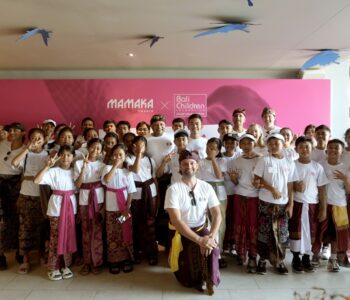The major archaeological sites in Tampaksiring seem to stand outside and beyond the reaches of time. Traces of the old Hindu civilisation can be found in many corners of the area, and the excitement one feels when strolling along their ancient pathways is indescribable.

The name Tampasiring is derived from the words “Tampak”, meaning foot, and “Siring”, meaning slanted. Legend has it that the slope of the mountain where Tampaksiring nestles today was created by the slanted footstep of a king named Mayadenawa.
Visitors flock to Tampaksiring’s Gunung Kawi to admire the brilliant ancient artworks carved into a majestic cliff rock, or the Tirta Empul water temple to bask in the beauty of the temple’s pools and pristine environment. Quite a number of other temples and archaeological sites are known to be frequented by visitors; but there at least two places in Tampaksiring that have remained under the radar from the majority of visitors.
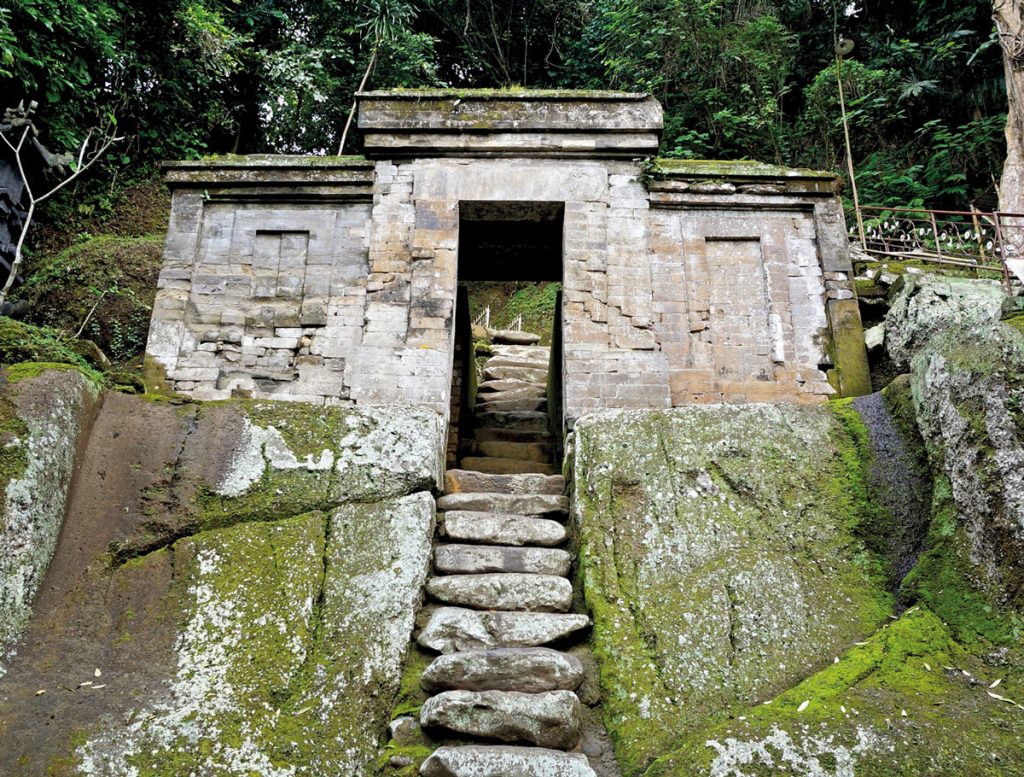
The first one is Pura Mengening, a picturesque water temple located in the same area of Tirta Empul. A cool breeze and serenity will greet you as you go down the steps into the temple’s courtyard – you might just be the only visitor there. From the courtyard, you can gaze upon the greenery that surrounds the premises, taking in the natural beauty serenaded by the harmonious sounds of water running into different pools below.
The regular visitors to Mengening are pilgrims who come for prayers in the temples and collect holy water from the temple’s holy springs, as well as the local villagers who bath in its crystal-clear pools. The two bathing pools below the courtyard, one for women and the other for men, may not be as big or as grand as the ones found at Tirta Empul, but what the two lack in size, they make up in genuine charm and tranquility. A big, holy banyan tree stands majestically near the women’s pool. There is also a playground nearby for the local village kids to play in and splash about.
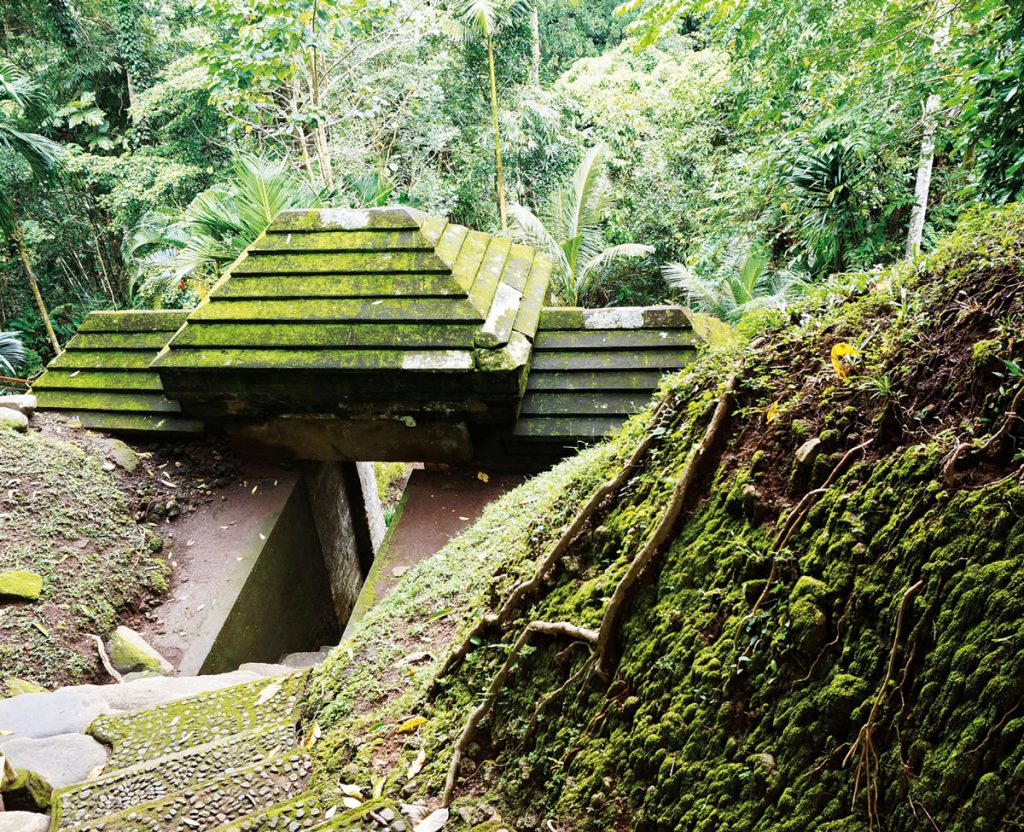
Just about everyone is welcome to take a dip in both pools, given that they pray and offer a canangsari offering first at the shrine separating the pools. It is believed that the pools have a special taksu, a spiritual power to cleanse one’s soul.
A popular pilgrimage site for Melukat, a cleansing ceremony using holy water or locally known as tirtha, Mengening was built during the time of King Anak Wungsu (the son of Udayana) in the 11th century. The temple contains a collection of ancient statues that are similar to those found in Gunung Kawi.
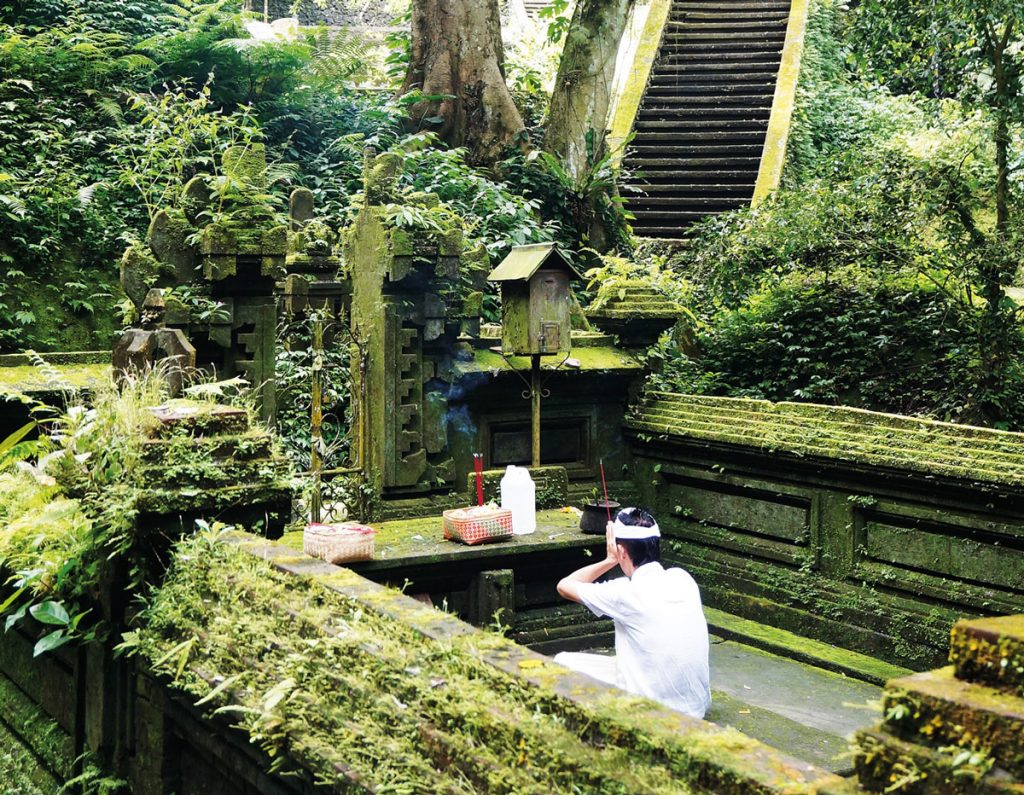
The other site is Goa Garba, a 12th-century temple located in Tampaksiring’s Pejeng village. Located quite deep in the village, on a road less traveled by visitors, Goa Garba exudes calmness and is believed to be the meditation site of the giant Kebo Iwa, an ancient Balinese Hindu military leader. Kebo Iwa came here to meditate and acquire power when he aspired to be the military leader of the ancient kingdom of Bedahulu. He got the job and became so powerful that even the powerful prime minister of the kingdom, Ki Pasung Grigis, couldn’t defeat him.
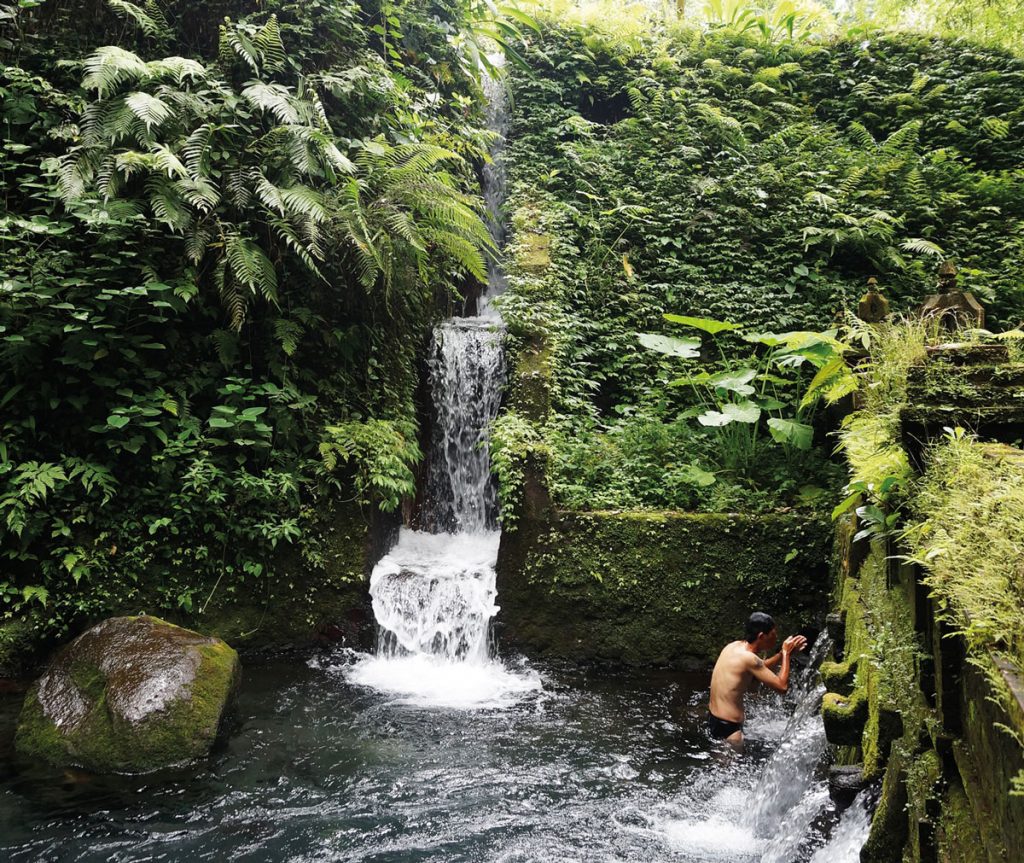
Based on this story, Goa Gajah today is still used as a meditation site especially for those seeking power. Upon entering the cave, you will find several large rocks. On one of these stones lies a footprint larger than that of an average adult, which the locals believe as the footprint of Kebo Iwa. There is a small area where water runs from a nearby spring. The dripping water symbolises the God Vishnu.



